Aquatic Invertebrates
Media
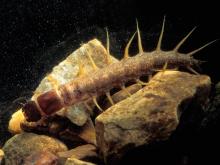
Species Types
Scientific Name
Chauliodes, Neohermes, and Nigronia spp. (in eastern US)
Description
Fishfly larvae look a lot like their cousins the hellgrammites, but they lack cottony or hairy gill tufts along the abdomen, and they have 2 short, fleshy tails at the hind tip.
Media
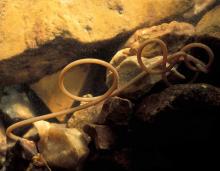
Species Types
Scientific Name
About 350 species scientifically described.
Description
Adult horsehair worms can be nearly 3 feet long and live in water. They are practically featureless, smooth, aquatic worms that writhe into knots and curls.
Media

Species Types
Scientific Name
Dugesia, Planaria, and other genera
Description
Unlike their parasitic cousins in the flatworm group, turbellarians, or planarians, are tiny carnivores or detritus-eaters that glide smoothly across submerged leaves and other objects.
Media
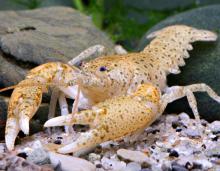
Species Types
Scientific Name
Cambarus maculatus
Description
The freckled crayfish is powerfully built, yellowish tan, with numerous conspicuous black spots on its pincers, carapace, and abdomen. It is largely restricted to the Courtois Hills section of the Meramec River basin.
Media

Species Types
Scientific Name
Lacunicambarus aff. diogenes (syn. Cambarus diogenes)
Description
The powerfully built devil crayfish is usually a uniform olive or tan, without obvious blotches or spots. It digs underground burrows, often with mud chimneys, and has a wide distribution.
Media
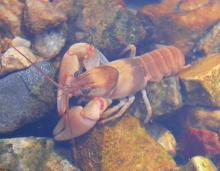
Species Types
Scientific Name
Faxonius luteus (formerly Orconectes luteus)
Description
The golden crayfish varies in color from olive green to golden yellow. Many body parts are trimmed with red. A dark band crosses the head just in front of the cervical groove, and another crosses the carapace at its junction with the abdomen. It's a wide-ranging species.
Media
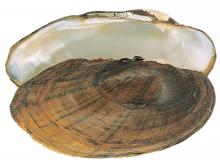
Species Types
Scientific Name
Lampsilis siliquoidea
Description
The fatmucket was a favorite species harvested for the button industry in the early 1900s.
Media
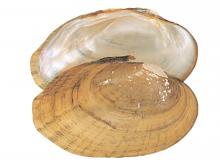
Species Types
Scientific Name
Lampsilis reeveiana
Description
The Arkansas brokenray only occurs in streams that flow south off of the Salem and Springfield plateaus, so it is found only in about the southern quarter of Missouri.
Media
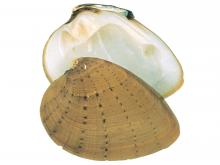
Species Types
Scientific Name
Ellipsaria lineolata
Description
The butterfly is one of the most beautiful of Missouri’s mussels.
Media
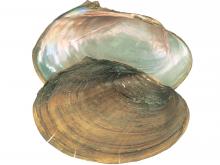
Species Types
Scientific Name
Leptodea fragilis
Description
A widespread mussel that relies on freshwater drum as host fish for the developing young.
See Also
About Aquatic Invertebrates in Missouri
Missouri's streams, lakes, and other aquatic habitats hold thousands of kinds of invertebrates — worms, freshwater mussels, snails, crayfish, insects, and other animals without backbones. These creatures are vital links in the aquatic food chain, and their presence and numbers tell us a lot about water quality.





















